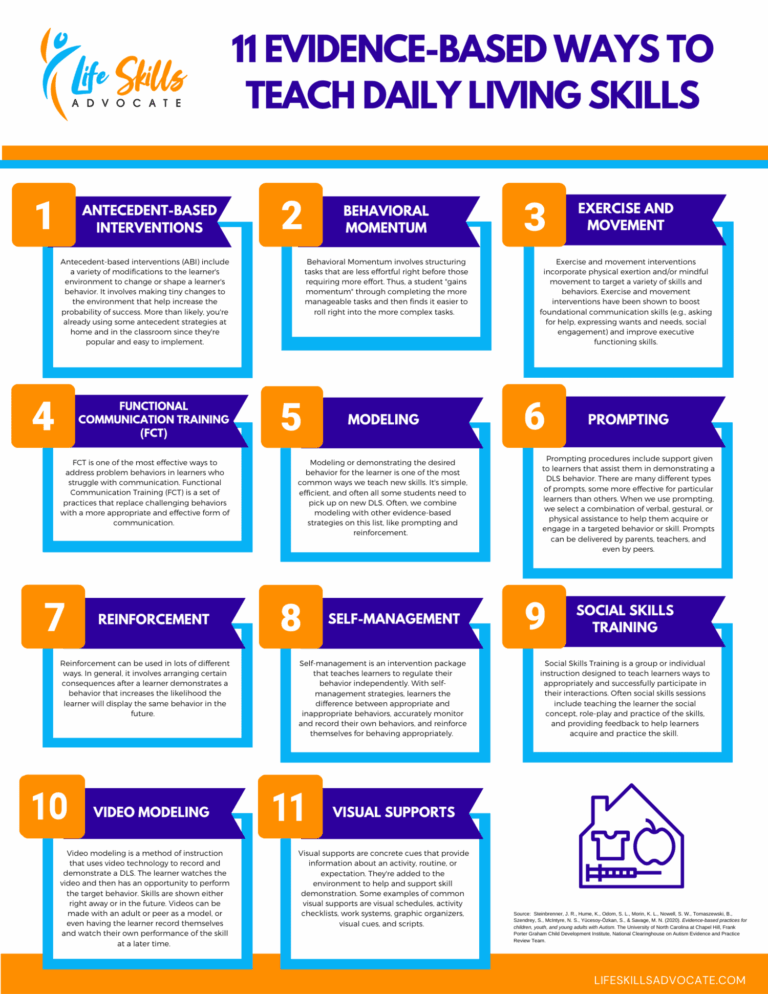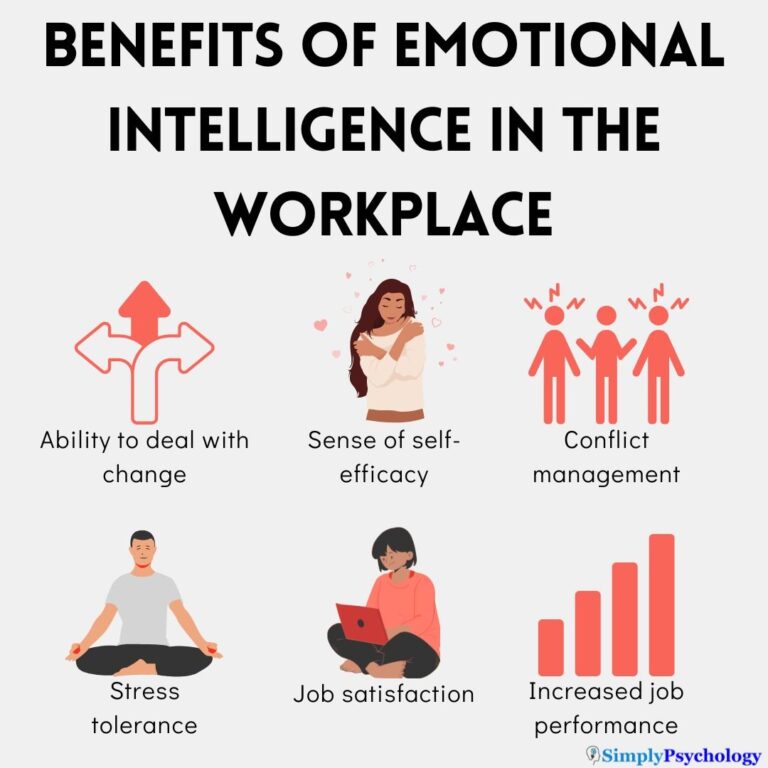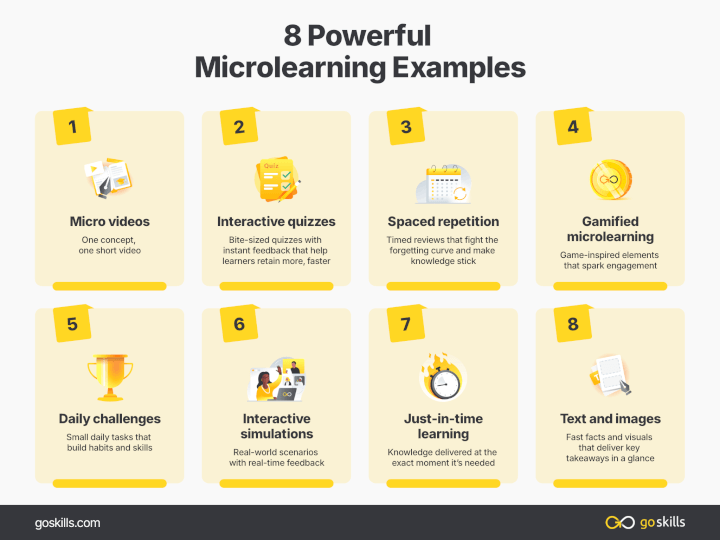Effective Conflict Resolution Skills For Professional Growth

Conflicts are inevitable in any professional setting, but did you know that almost 85% of employees deal with conflict on some level? This number highlights the importance of honing conflict resolution skills. Picture a successful manager who can seamlessly navigate disagreements—such a professional not only fosters a positive work environment but also paves the way for personal growth.
Historically, organizations have emphasized the need for effective communication as a cornerstone of conflict resolution. John D. Rockefeller once said, “The ability to deal with people is as purchasable a commodity as sugar or coffee.” Today, businesses invest significantly in training programs that enhance these crucial skills, understanding that a harmonious workplace directly impacts productivity and employee satisfaction.

Identifying the Roots of Conflict in Professional Environments
Understanding the roots of conflict is crucial for a healthy work environment. Personality differences often play a significant role. When individuals with varied temperaments interact, misunderstandings can arise. These differences can lead to tension and inefficiency if not addressed. Recognizing these traits early can prevent conflicts from escalating.
Competing goals and objectives also contribute to workplace conflict. When departments or team members have different priorities, clashes can occur. For instance, a sales team might focus on customer satisfaction, while finance prioritizes cost-cutting. This misalignment can cause friction and hamper overall productivity.
Another major factor is communication breakdown. Miscommunication can lead to errors and frustration among colleagues. It’s essential to establish clear and open channels of communication. Regular meetings and updates can help avoid misunderstandings.
Cultural misunderstandings and assumptions can further complicate professional relationships. Different backgrounds bring unique perspectives but can also lead to misinterpretations. Being aware of and respecting cultural differences is key. According to this post, promoting inclusivity can significantly reduce conflict.
Understanding Personality Differences
Personality differences can greatly influence workplace dynamics. For instance, extroverts often thrive in team environments, while introverts may prefer solitary tasks. These differences can sometimes cause friction. Recognizing and valuing each personality type is essential. Flexibility in work assignments can help accommodate varying preferences.
Some people are naturally more assertive. This can be beneficial in leadership roles but may come off as domineering to others. On the other hand, more passive individuals might avoid conflict, which can lead to underlying tension. Balancing these tendencies can create a more harmonious workplace.
Emotional intelligence plays a key role in navigating personality differences. Those who can read and react to the emotions of others can better manage conflicts. Empathy and active listening are crucial skills. Building these abilities can lead to more effective teamwork.
Adapting to diverse personalities requires continuous effort. Team-building activities can help improve understanding among coworkers. Regular communication and feedback are also important. Here is the post explaining how inclusivity can enhance team cohesion.
Recognizing Competing Goals and Objectives
In any workplace, different teams might have varying objectives. The marketing team, for instance, aims to boost brand visibility. Meanwhile, the finance department focuses on cutting costs. These conflicting goals can lead to tension. Understanding each team’s priorities is crucial for cohesion.
When teams have competing goals, it’s easy for misunderstandings to arise. For example, a project might get delayed because one team prioritizes speed while another values thoroughness. Such conflicts can stall progress. Open dialogues can help align these conflicting priorities.
Competing goals can affect resource allocation. If two departments need the same resources, disagreements may occur. A clear strategy to distribute resources fairly can prevent conflict. Regularly revisiting these strategies ensures they remain effective.
Collaboration tools can aid in bridging goal conflicts. Shared project management software can keep everyone on the same page. Creating joint goals where both teams benefit is another approach. Implementing these solutions can foster a more cooperative environment.
Impact of Communication Breakdown
Communication breakdowns in the workplace can have serious consequences. Misunderstandings can lead to errors that affect the entire team. This can result in missed deadlines, wasted resources, and stress among employees. Clear communication helps prevent these issues. It’s important to address communication problems quickly.
Poor communication often creates an atmosphere of distrust. When team members feel they are not being heard, morale drops. This can lead to a lack of engagement and productivity. Establishing trust through effective communication is key. Regular check-ins can help keep everyone aligned.
Conflicts and disagreements can arise from unclear communication. For instance, if project goals are not clearly stated, various interpretations can lead to conflict. A shared understanding of objectives is essential. Team meetings and detailed notes can help prevent misunderstandings.
Another impact of communication breakdown is reduced efficiency. Teams may double up on tasks, wasting time and resources. Miscommunication can delay project timelines. Tools like project management software can streamline communication. Keeping everyone informed is crucial for smooth operations.
Leadership plays a vital role in promoting effective communication. Leaders must set the standard by being transparent and open. They should encourage team members to voice their concerns and ideas. An inclusive communication culture fosters collaboration and innovation.
Ensuring effective communication requires ongoing effort. Training programs can help employees develop better communication skills. Regular feedback loops also contribute to continuous improvement. Investing in these areas strengthens the entire organization.
Cultural Misunderstandings and Assumptions
Cultural misunderstandings often stem from differing norms and practices. For example, in some cultures, direct eye contact is a sign of confidence, while in others, it might be seen as disrespectful. These differences can lead to unintentional offense. Awareness and sensitivity to cultural diversity are essential. It helps create a more inclusive environment.
Assumptions about cultural norms can also create problems. When team members assume everyone shares the same beliefs or practices, it can lead to miscommunication. Simple gestures, like handshakes or greetings, may vary widely. Taking the time to learn about your colleagues’ cultures can prevent these misunderstandings. Openness to learning is key to effective teamwork.
Language barriers are another common source of cultural misunderstandings. Even if everyone speaks the same language, idiomatic expressions and slang can confuse non-native speakers. Clarity in communication helps bridge this gap. Avoiding jargon and using straightforward language can ensure everyone understands.
Prejudices and stereotypes can compound cultural misunderstandings. Assuming someone will behave a certain way based on their background is unfair and harmful. It undermines trust and respect. Encouraging open discussions and education around these issues is vital. This fosters a more equitable workplace.
Addressing cultural misunderstandings requires proactive measures. Training sessions on cultural sensitivity can be very effective. They provide employees with the tools to navigate diverse environments. Encouraging diverse teams can also reduce cultural barriers. Such initiatives promote unity and collaboration.
A mindful approach to cultural differences can greatly improve workplace harmony. Leaders should model inclusive behavior. They need to create spaces where everyone feels valued and heard. Building a culture of respect starts with understanding and embracing our differences.
Key Techniques for Managing and Resolving Conflicts
Active listening is one of the most effective conflict resolution techniques. It involves fully concentrating on what is being said rather than just passively hearing the message. This means acknowledging the speaker’s feelings and concerns. It’s important to avoid interrupting and to ask clarifying questions. This helps build understanding and trust.
Focusing on the issue, not the person, is crucial. Attacking the individual rather than addressing the problem can escalate conflicts. Instead, separate the person from the problem. This approach encourages a cooperative atmosphere. It also makes finding a solution more manageable.
Using “I” statements instead of “You” statements can reduce defensiveness. For example, saying “I feel overwhelmed when deadlines are missed” is less confrontational than “You always miss deadlines.” This technique helps express feelings without blaming others. It fosters a more open and solution-oriented dialogue.
Finding common ground is another essential technique. Look for areas of agreement amidst the conflict. This can serve as a starting point for resolution. Recognizing shared goals can shift the focus from conflict to collaboration. It underscores the notion that the team is united in achieving the same objectives.
Mediators can be very helpful in resolving disputes. Sometimes, bringing in a neutral third party can help facilitate discussions. Mediators can offer objective perspectives and suggest fair solutions. They help ensure that both sides are heard and that the conversation remains productive. This can be particularly useful in more entrenched conflicts.
Regular training on conflict resolution techniques can benefit teams. Workshops and courses provide practical skills and strategies. They prepare employees to handle conflicts constructively. This ongoing education promotes a healthier, more harmonious workplace. Investing in such training can reduce future conflicts and improve overall team dynamics.
The Role of Emotional Intelligence in Conflict Resolution
Emotional intelligence (EI) is vital in resolving workplace conflicts. EI involves being aware of one’s own emotions and those of others. This awareness helps in managing reactions during conflicts. Responding calmly rather than reacting impulsively can de-escalate situations. It encourages a more thoughtful approach to resolving issues.
Empathy is a key component of emotional intelligence. Understanding and considering the feelings of colleagues can reduce tensions. When people feel heard and valued, they are more likely to cooperate. Empathy fosters an environment where solutions are mutually beneficial. It’s crucial for maintaining harmony in professional settings.
Self-regulation is another aspect of emotional intelligence that aids conflict resolution. Being able to control one’s emotions prevents escalation. Remaining composed allows for clearer thinking and better decision-making. It sets a positive example for others to follow. Self-regulation contributes to a stable work atmosphere.
Communication skills are enhanced by emotional intelligence. People with high EI are better at expressing their thoughts clearly and sensitively. They use active listening and appropriate body language, which improves understanding. Effective communication reduces misunderstandings and builds stronger relationships within teams.
Mental agility, part of EI, allows individuals to adapt during conflicts. Flexible thinking helps find innovative solutions quickly. This adaptability is crucial when standard approaches don’t work. It shows resilience and problem-solving capabilities in tense situations.
Investing in emotional intelligence training benefits the whole organization. Workshops on EI can improve employees’ conflict management skills significantly. Companies that prioritize emotional intelligence create a supportive environment for their teams.Here is the article” outlining how businesses enhance team performance through EI training.
Case Studies: Successful Conflict Resolution in Action
In one notable case, a technology company faced conflicts between its development and marketing teams. The development team was focused on creating a high-quality product, while the marketing team pushed for faster releases. This discrepancy led to tension and missed deadlines. Management intervened and facilitated a series of team-building workshops. The situation improved as both teams learned to appreciate each other’s perspectives.
In another instance, a healthcare organization dealt with conflicts between its administrative staff and medical professionals. The administrative staff felt overwhelmed by the demands of the medical team. Through mediation sessions, both groups discussed their concerns openly. They established a more balanced workload and clearer communication channels. This collaboration significantly reduced workplace stress.
A retail business experienced conflict between its sales and customer service departments. Sales representatives focused on meeting targets, sometimes disregarding long-term customer relationships. The customer service team, however, prioritized customer satisfaction. The company introduced conflict resolution training for both teams. This training helped them find common goals, ultimately increasing customer loyalty and sales.
An educational institute saw disputes between faculty members and administrative leaders regarding policy changes. The faculty believed their input was not valued. Leaders organized forums where teachers could express their views. By incorporating their feedback into policy decisions, the institute created a more inclusive environment. This approach strengthened trust and cooperation within the organization.
A manufacturing firm tackled conflicts related to safety vs. productivity. Workers felt that safety protocols slowed down their work, while management insisted on strict adherence to these protocols. After a series of collaborative meetings, both sides agreed on a modified safety program. This program maintained high safety standards without compromising productivity, proving that effective communication can resolve any conflict.
Developing Your Conflict Resolution Skills for Career Advancement
Improving conflict resolution skills can significantly boost your career. These skills help you navigate workplace disagreements effectively. By resolving conflicts smoothly, you demonstrate leadership qualities. This makes you a valuable asset to your team. Employers often look for such attributes in potential leaders.
One way to develop these skills is through formal training. Many organizations offer workshops on conflict management. These sessions provide practical strategies and techniques. They also facilitate role-playing scenarios to practice real-life applications. Participating in such training can enhance your ability to handle workplace conflicts.
Observing and learning from experienced colleagues is also beneficial. Mentors and leaders who excel in conflict resolution can offer valuable insights. Watching how they manage disputes provides a model to emulate. You can adopt their methods or adapt them to your style. This hands-on learning is very effective.
Gaining self-awareness is crucial for developing conflict resolution skills. Recognizing your triggers and reactions helps in managing them better. Emotional intelligence plays a big role here. Understanding your emotions and those of others allows for better communication. This leads to more successful conflict resolutions.
Applying these skills consistently will build your reputation as a problem solver. Coworkers will likely seek your help in resolving their conflicts. This not only strengthens your relationships but also showcases your competency. Your ability to resolve conflicts can open doors for promotions and other career opportunities.
Lastly, investing time in enhancing these skills shows commitment to your professional growth. Employers value employees who take the initiative in their development. Conflict resolution is a critical competency in any workplace. Mastering it can set you apart and advance your career significantly.
Key Takeaways
- Active listening helps in understanding and resolving conflicts effectively.
- Focusing on issues, not personalities, prevents clashes and promotes solutions.
- Using “I” statements reduces defensiveness and opens up honest communication.
- Constructive conflict resolution fosters a positive and collaborative work environment.
- Developing these skills can boost your career growth and opportunities.

In Conclusion
Effective conflict resolution skills are essential for fostering a positive workplace. By actively listening and focusing on issues, professionals can address conflicts constructively. This not only improves team collaboration but also enhances overall productivity.
Investing in these skills can significantly benefit career growth. Employers value individuals who can manage and resolve conflicts seamlessly. Developing these abilities can open doors to new opportunities and advancements.






